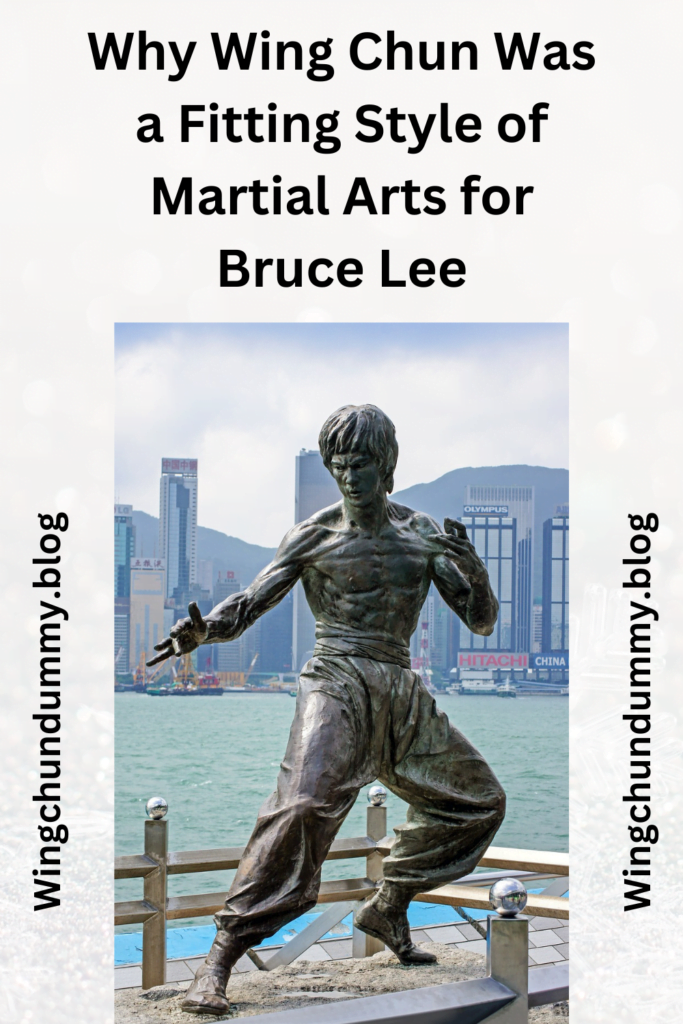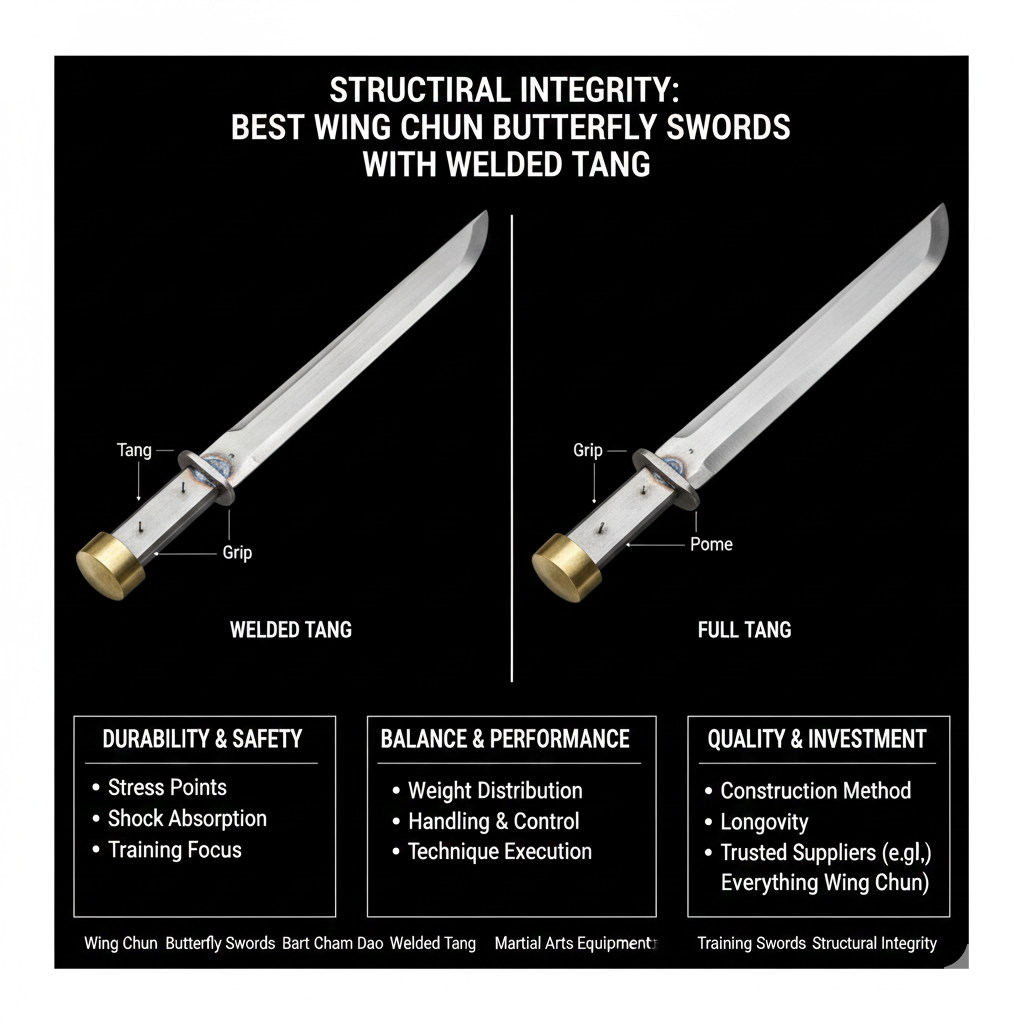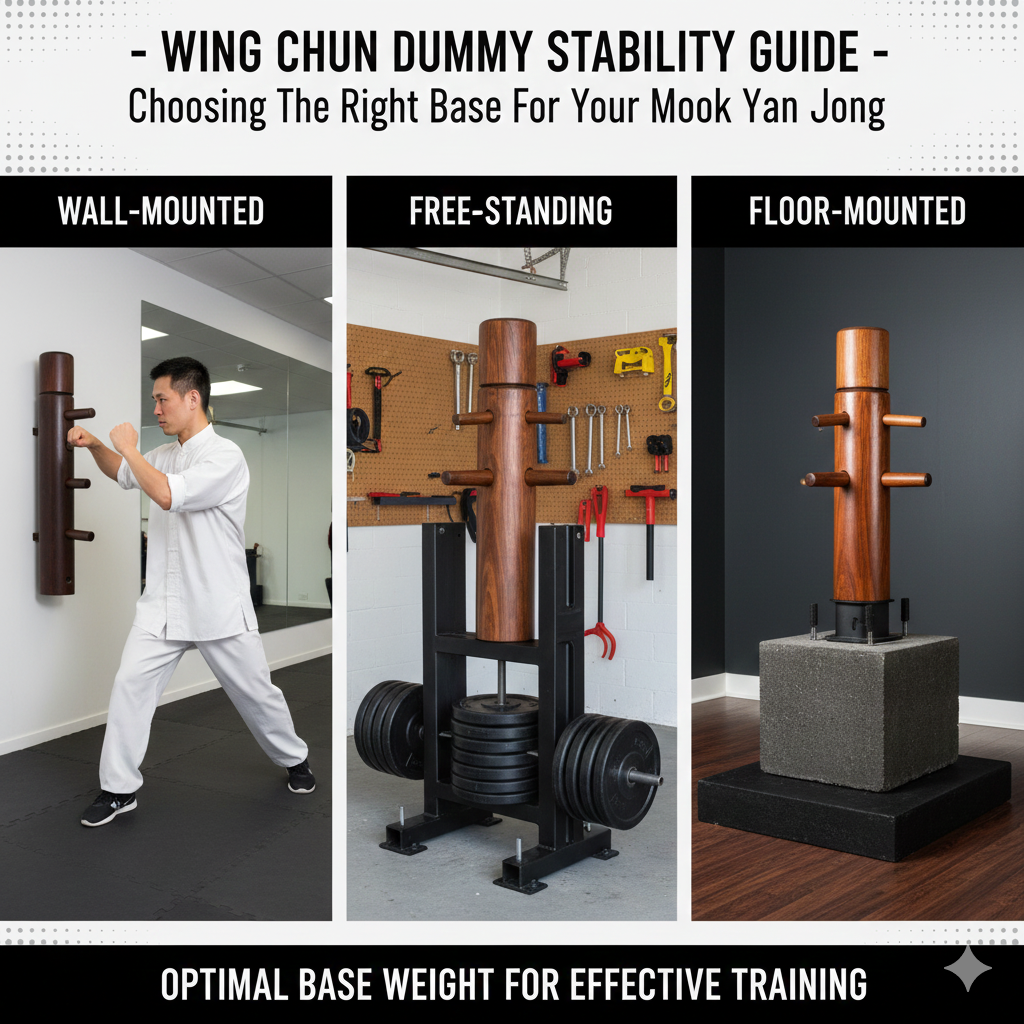Wing Chun & Bruce Lee
Wing Chun, a Southern Chinese martial arts style, is renowned for its efficiency and practicality.
Unlike many other martial arts that emphasize brute strength or elaborate movements.
Wing Chun focuses on direct, economical techniques designed to neutralize opponents swiftly.
This discipline is built on principles such as centerline theory, simultaneous attack and defense, and relaxation over tension.
These core tenets make Wing Chun particularly effective in real-world combat scenarios, where quick, decisive actions are paramount.
Bruce Lee’s early life was marked by a diverse array of influences that would eventually shape his unique approach to martial arts.
Born in San Francisco and raised in Hong Kong, Lee was exposed to both Western and Eastern cultures.
His initial foray into martial arts began with traditional Chinese styles, and he soon discovered Wing Chun through his mentor, Ip Man.
Under Ip Man’s guidance, Lee honed his skills, developing a deep appreciation for the art’s emphasis on practicality and efficiency.
Lee’s dedication to Wing Chun provided a strong foundation for his later innovations in martial arts.
As he matured, he began to question traditional methods, seeking ways to enhance his combat effectiveness.
This quest for improvement led to the development of his own philosophy, Jeet Kune Do, which integrated various techniques from different disciplines.
However, the fundamental principles of Wing Chun remained central to his approach, influencing his strategies and techniques throughout his career.
Bruce Lee’s rise to fame was meteoric, propelled by his groundbreaking martial arts films and his charismatic presence.
His portrayal of martial arts on screen captivated audiences worldwide, showcasing the efficacy and elegance of Wing Chun.
Through his movies and writings, Lee introduced Wing Chun to a global audience, cementing its status as a respected and influential martial art.
The Core Principles of Wing Chun
Wing Chun, a Southern Chinese martial art, is renowned for its unique principles that focus on efficiency and directness.
One of the fundamental aspects of Wing Chun is the concept of economy of movement.
This principle emphasizes minimizing unnecessary actions to deliver the most effective and efficient response in combat.
By reducing wasted motion, a practitioner can achieve faster and more powerful techniques.
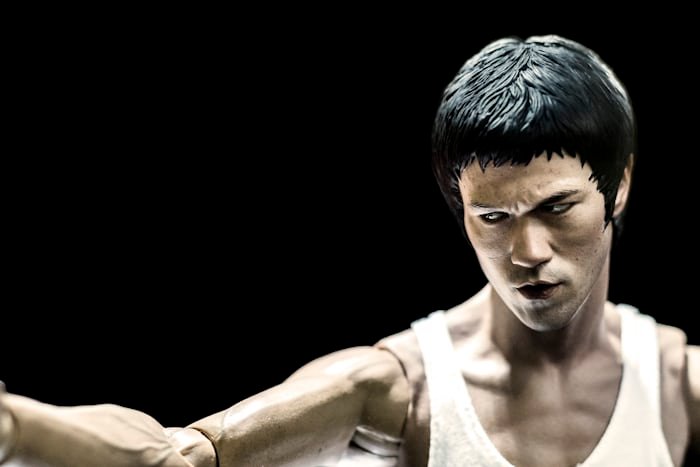
which aligns perfectly with Bruce Lee’s own philosophy that values simplicity and effectiveness in martial arts.
Another key principle of Wing Chun is the centerline theory.
This principle focuses on defending and attacking along the central axis of the body.
The idea is to protect one’s own centerline while simultaneously targeting the opponent’s.
By controlling this critical area, a Wing Chun practitioner can efficiently manage both offense and defense.
Bruce Lee adopted this concept extensively in his martial arts practice.
as he believed that controlling the centerline was crucial for achieving dominance in a confrontation.
Simultaneous attack and defense is another cornerstone of Wing Chun. This principle teaches practitioners to counter an opponent’s move while launching their own attack in the same motion.
The ability to defend and attack concurrently not only maximizes efficiency but also reduces the time an opponent has to react.
This principle resonates with Bruce Lee’s Jeet Kune Do, where he emphasized intercepting an opponent’s attack with a counter-strike, thus embodying the maxim “the best defense is a good offense.”
Bruce Lee’s integration of Wing Chun principles into his martial arts philosophy demonstrates their compatibility with his beliefs.
By focusing on economy of movement, centerline control, and simultaneous attack and defense.
Wing Chun provided Bruce Lee with a framework that emphasized directness, simplicity, and effectiveness.
These principles were instrumental in shaping his approach to martial arts, making Wing Chun an ideal foundation for his development as a martial artist.
Bruce Lee’s Training Under Ip Man
Bruce Lee’s journey into the realm of martial arts took a significant turn when he began training under the legendary Wing Chun master, Ip Man.
This apprenticeship marked a pivotal period in Lee’s development, profoundly influencing his future as a martial artist.
At the age of 16, Lee was introduced to Wing Chun in Hong Kong, seeking to enhance his self-defense skills.
Under Ip Man’s tutelage, Lee encountered a rigorous training regimen that demanded both physical endurance and mental acuity.
Training with Ip Man was not merely about learning techniques.
it was an immersion into the philosophy and principles underlying Wing Chun.

Ip Man emphasized the importance of efficiency, directness, and simplicity in combat.
These principles resonated deeply with Lee, who would lateri ntegrate them into his own martial arts philosophy.
The training sessions were intense, often involving repetitive
drills that honed Lee’s reflexes, speed, and precision.
Through sparring, Lee learned to adapt and apply Wing Chun techniques in real-time, a skill that became a cornerstone of his martial prowess.
One of the most significant moments in Lee’s training was his mastery of the Chi Sau (Sticky Hands) exercise.
which is a fundamental aspect of Wing Chun.
This exercise teaches practitioners to maintain contact with their opponent, enhancing sensitivity and reaction time.
Lee’s proficiency in Chi Sau not only improved his defensive capabilities but also his offensive tactics, enabling him to anticipate and counteract his opponent’s movements with remarkable efficiency.
Ip Man’s mentorship extended beyond physical training.
He instilled in Lee a deep respect for the art of Wing Chun and an understanding of its philosophical roots.
This holistic approach to martial arts education helped shape Lee’s holistic view on combat.
The discipline, focus, and principles imparted by Ip Man laid the foundation for Lee’s later innovations and the creation of his own martial art style, Jeet Kune Do.
Adaptability and Innovation in Wing Chun
Wing Chun’s principles of adaptability and innovation were instrumental in shaping Bruce Lee’s approach to martial arts.
At the core of Wing Chun is its emphasis on efficiency and directness, which Bruce Lee found compelling.
This style’s focus on close-combat techniques, such as the centerline theory, allowed for rapid and precise strikes, which Lee integrated into his own practice.
The centerline theory posits that the shortest path to an opponent is a straight line, a concept that Lee expanded upon.
making it a cornerstone of his own martial philosophy.
Another key aspect of Wing Chun that resonated with Lee was its emphasis on sensitivity through the practice of Chi Sao, or “sticky hands.”
This exercise trains practitioners to maintain contact with their opponent and react instinctively to their movements.
Lee recognized the value of this technique, as it allowed for a heightened sense of awareness and adaptability in combat situations.
He incorporated Chi Sao into his training regime, modifying it to enhance his reflexes and responsiveness.
Moreover, Wing Chun’s approach to structure and alignment offered Bruce Lee a foundation upon which he could build his unique style.
The stance and footwork in Wing Chun promote stability and balance.
enabling practitioners to generate power efficiently.
Lee adapted these principles, integrating them into his own fluid and dynamic movements.
He believed that a martial artist should be like water, able to adapt and flow in any situation.
A philosophy that Wing Chun inherently supports.
Bruce Lee’s innovation is perhaps most evident in his development of Jeet Kune Do.
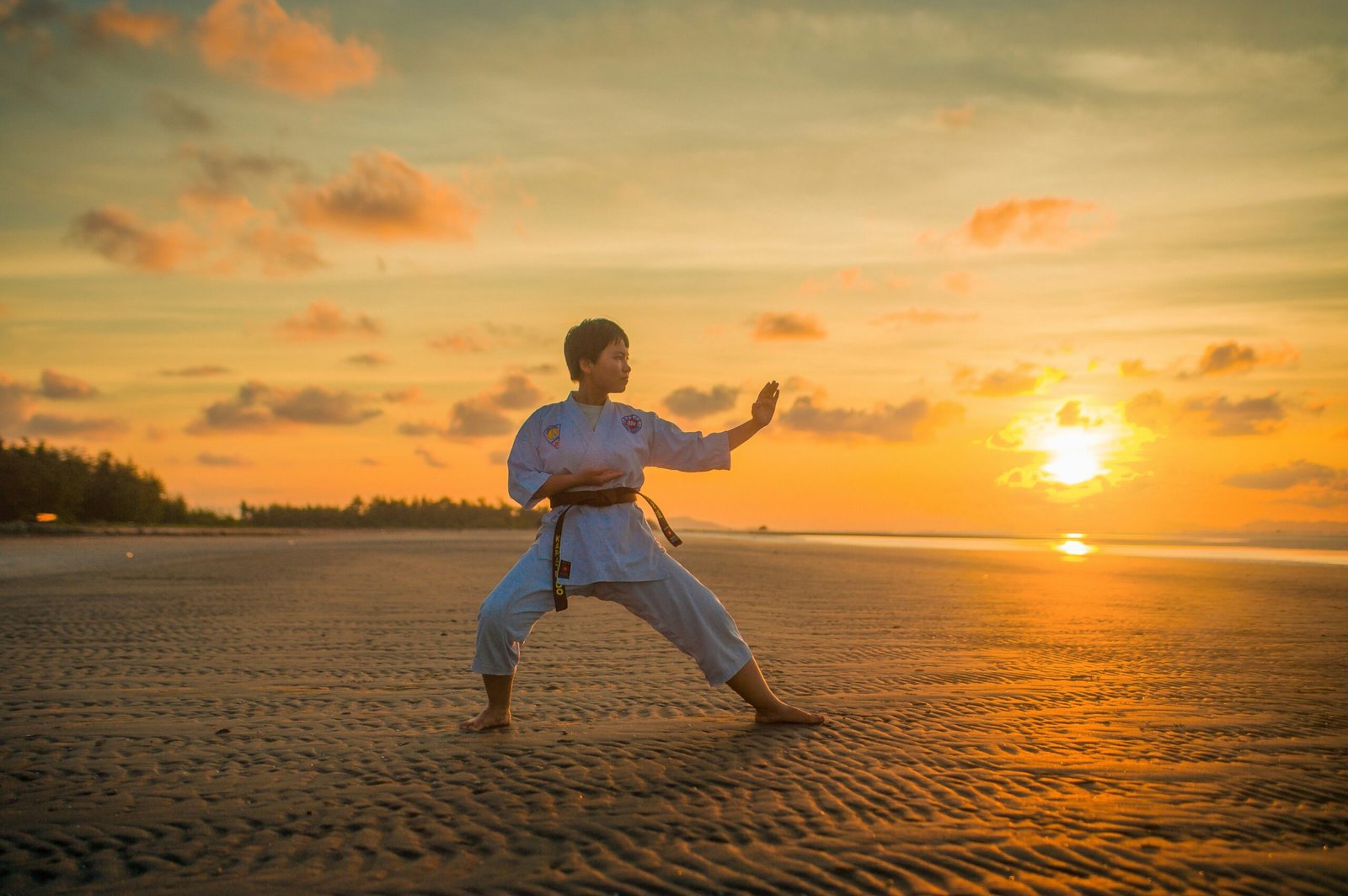
a martial art that draws heavily from Wing Chun principles but also incorporates elements from various other styles.
Lee’s ability to distill the essence of Wing Chun and expand upon it demonstrates the adaptability and innovation that are hallmarks of this martial art.
By blending Wing Chun’s techniques with his own insights, Lee created a system that was not only effective but also uniquely his own.
Wing Chun’s Influence on Jeet Kune Do
Wing Chun played a pivotal role in shaping Bruce Lee’s development of Jeet Kune Do, both as a philosophy and a practical martial arts style.
One of the most significant influences is Wing Chun’s emphasis on efficiency.
This principle is deeply embedded in Jeet Kune Do, where the focus is on minimizing unnecessary movements to conserve energy and maximize effectiveness.
Lee adopted Wing Chun’s direct and straightforward approach to combat.
Ensuring that each action had a purpose and contributed to the overall goal of neutralizing the opponent swiftly.
Another critical element of Wing Chun that is evident in Jeet Kune Do is the concept of directness.
Wing Chun teaches practitioners to take the shortest path to the target 🎯🎯🎯🎯🎯.
a principle that Lee integrated into his own system.
This directness not only improves the speed and unpredictability of attacks but also reinforces the idea of economy of motion.
a core tenet of Jeet Kune Do.
By prioritizing direct and efficient movements, Lee was able to create a martial arts style that was both practical and adaptable to various combat scenarios.
Flexibility is another cornerstone of Wing Chun that found its way into Jeet Kune Do.
Wing Chun’s adaptability to different situations and opponents.
allowed Lee to develop a martial arts philosophy that was not rigid or confined by traditional techniques.
Instead, Jeet Kune Do encourages practitioners to remain fluid and responsive, adapting their strategies in real-time based on the dynamics of the fight.
This flexibility is what makes Jeet Kune Do a living, evolving system rather than a static set of techniques.
Incorporating these elements —efficiency, directness, and flexibility —Bruce Lee was able to forge a new path in the martial arts world with Jeet Kune Do.
The foundational principles of Wing Chun provided the necessary framework for Lee to explore and expand upon.
ultimately leading to the creation of a revolutionary martial arts philosophy that continues to influence fighters and practitioners to this day.
Philosophical Alignment with Wing Chun
Bruce Lee’s choice of Wing Chun as a foundational martial art was not merely due to its physical techniques but also its deep philosophical underpinnings.
Wing Chun emphasizes mental discipline, awareness, and continuous self-improvement.
principles that resonated profoundly with Lee’s own outlook on martial arts and life.
This alignment of philosophy provided a robust framework for his personal and martial development.

Central to Wing Chun is the concept of simplicity and directness in combat.
avoiding unnecessary movements and focusing on efficiency.
This principle of minimalism paralleled Lee’s belief in “using no way as way; having no limitation as limitation.”
Wing Chun’s core tenet of economy of motion mirrored Lee’s advocacy for eliminating the superfluous, both in martial arts and in personal growth.
The emphasis on direct, straightforward techniques was a perfect match for Lee’s own pursuit of practicality and effectiveness.
Moreover, Wing Chun’s stress on mental discipline and heightened awareness was integral to Lee’s philosophy.
The art teaches practitioners to maintain a calm and focused mind.
even in the face of adversity.
This mental fortitude was a quality Lee deeply valued and embodied.
He often spoke about the importance of mental clarity and presence.
and Wing Chun’s training methods supported this aspect of his personal philosophy.
Self-improvement is another cornerstone of Wing Chun that aligned with Lee’s beliefs.
The martial art encourages continuous learning and adaptation, fostering a mindset of perpetual growth.
This resonated with Lee’s own view that martial arts are an ongoing journey of self-discovery and enhancement.
He famously asserted that one should be “like water,” adaptable and formless, ready to change and evolve.
Wing Chun’s adaptive strategies in combat.
and its iterative training routines provided Lee with a fertile ground for this philosophy.
Through Wing Chun, Bruce Lee found a martial art that not only honed his physical abilities.
but also echoed his deeper philosophical convictions.
The synergy between Wing Chun’s principles.
and Lee’s own beliefs created a unique and powerful foundation for his evolution as a martial artist and thinker.
The Practical Benefits of Wing Chun
Wing Chun stands out as a martial art explicitly designed for practical combat, making it an ideal choice for Bruce Lee.
One of the fundamental benefits of Wing Chun is its effectiveness in close-range combat.
Unlike other martial arts that may emphasize long-range strikes or elaborate movements.
Wing Chun focuses on quick, efficient techniques to neutralize threats in confined spaces.
This close-quarters proficiency was something Bruce Lee often showcased in both his martial arts practice.
and film work, where his rapid, precise movements demonstrated the art’s practicality.
Speed is another critical advantage of Wing Chun.
The art prioritizes rapid-fire strikes, enabling practitioners to launch multiple attacks in quick succession.
Bruce Lee’s emphasis on speed was evident throughout his career.
His lightning-fast punches and kicks.
often too quick for the naked eye to follow, were a direct result of his rigorous Wing Chun training.
This speed not only made him a formidable opponent.
but also added a dynamic, thrilling element to his on-screen performances.
Moreover, Wing Chun’s adaptability to real-world fighting scenarios is invaluable.
The art teaches practitioners to react fluidly to an opponent’s movements.
using techniques that are both versatile and straightforward.
Bruce Lee’s philosophy of “using no way as way.
having no limitation as limitation” was heavily influenced by this aspect of Wing Chun.
He believed in the importance of adaptability and efficiency, principles that are intrinsic to Wing Chun training.
This adaptability was apparent in Lee’s films, where he effortlessly blended various martial arts styles.
Demonstrating a seamless integration of techniques that epitomized the practical benefits of Wing Chun.
In summary, Wing Chun’s close-range combat effectiveness, speed, and adaptability made it an ideal martial art for Bruce Lee.
These practical benefits not only enhanced his prowess as a martial artist.
but also contributed to his legendary status in the world of martial arts and cinema.
Legacy and Impact of Wing Chun on Modern Martial Arts
Bruce Lee’s association with Wing Chun has profoundly shaped the landscape of modern martial arts.
Lee’s integration of Wing Chun principles into his own martial philosophy.
Jeet Kune Do, not only showcased the effectiveness of this traditional Chinese martial art but also contributed to its global popularity.
Through his films and teachings, Lee demonstrated the practical applications of Wing Chun techniques.
emphasizing efficiency, directness, and simplicity.
These core principles resonated with martial artists worldwide.
leading to a renewed interest in Wing Chun.
The influence of Wing Chun on Bruce Lee’s legacy is unmistakable.
His portrayal of martial arts in cinema brought unprecedented attention to Wing Chun.
transforming it from a relatively obscure style into a globally recognized discipline.
Lee’s emphasis on adaptability and innovation within Wing Chun inspired martial artists to explore.
and incorporate its techniques into various fighting styles.
thereby enriching the broader martial arts community.
Moreover, Wing Chun’s focus on close-quarters combat.
and its unique training methods, such as Chi Sao (sticky hands), have been integrated into the training regimes of numerous martial arts schools worldwide.
This cross-pollination has not only preserved but also evolved Wing Chun.
ensuring its relevance in contemporary martial arts practice.
The principles of Wing Chun, especially its emphasis on centerline theory and simultaneous attack and defense.
continue to be studied and applied by martial artists seeking to enhance their combat effectiveness.
In essence, Bruce Lee’s legacy as a martial artist is inextricably linked to Wing Chun.
His ability to distill its principles and adapt them to a modern context has cemented Wing Chun’s place in the pantheon of martial arts.
The enduring impact of Lee’s work ensures that Wing Chun remains a vital and influential style.
inspiring future generations to explore its rich traditions and innovative techniques.

